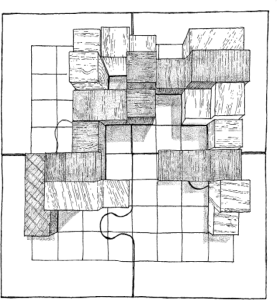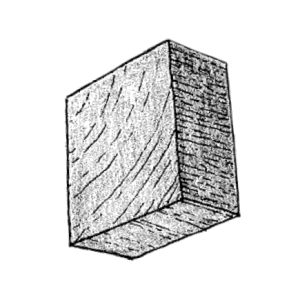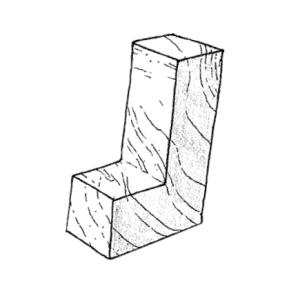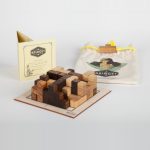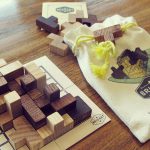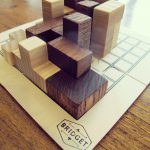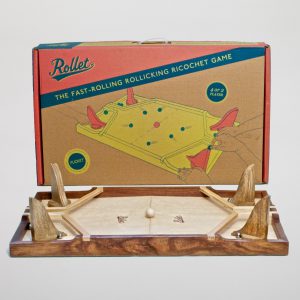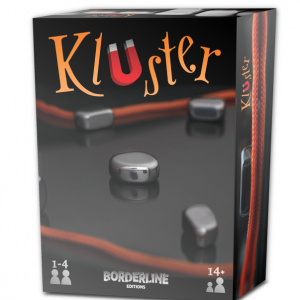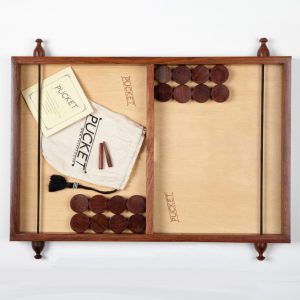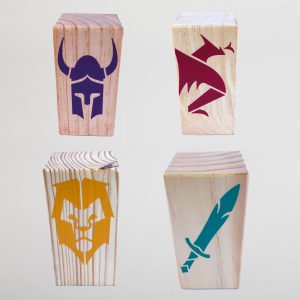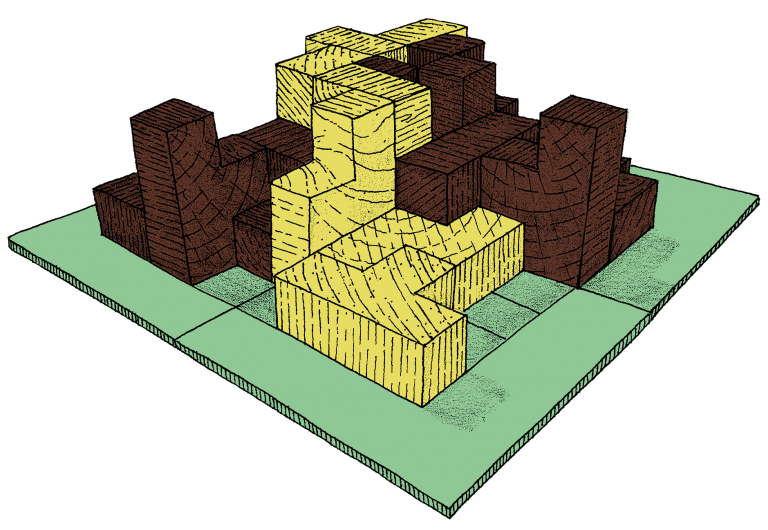
How To Play
- Set up your board by joining the four jigsaw tiles together – beginners should use the side with the square playing area.
The winner is the first person to form an uninterrupted bridge from one side of the board to the opposite side. - Set up your board by joining the four jigsaw tiles together – beginners should use the side with the square playing area.
The winner is the first person to form an uninterrupted bridge from one side of the board to the opposite side. - Set up your board by joining the four jigsaw tiles together – beginners should use the side with the square playing area.
The winner is the first person to form an uninterrupted bridge from one side of the board to the opposite side.
- All pieces must touch the playing board but do not have to touch any other piece on the board.
- No piece can have empty space underneath it.


